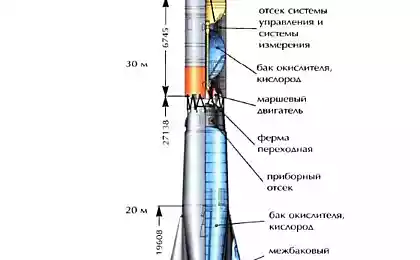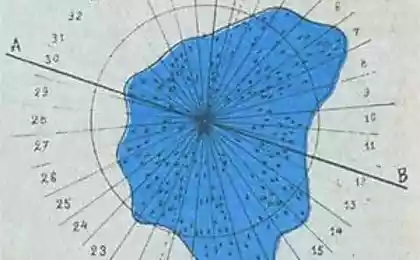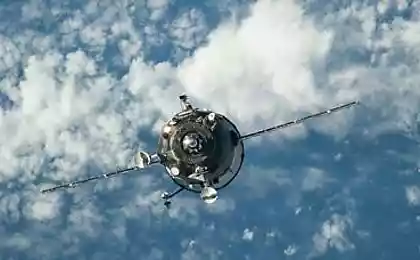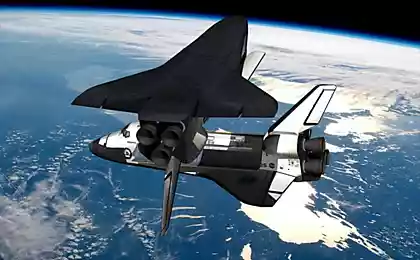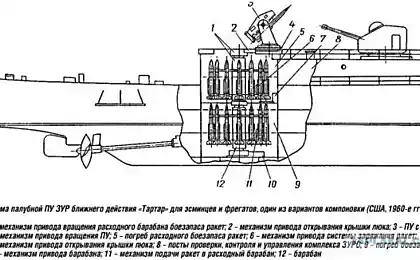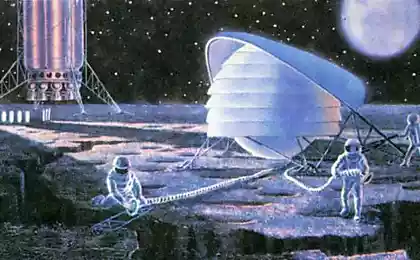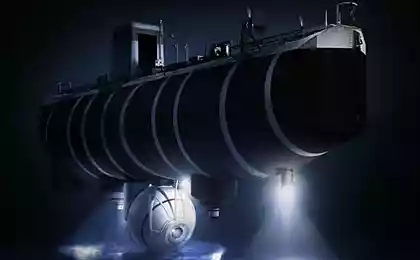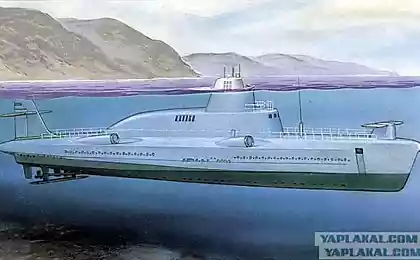1912
ESA watch the collapse of space truck in the atmosphere inside the ship
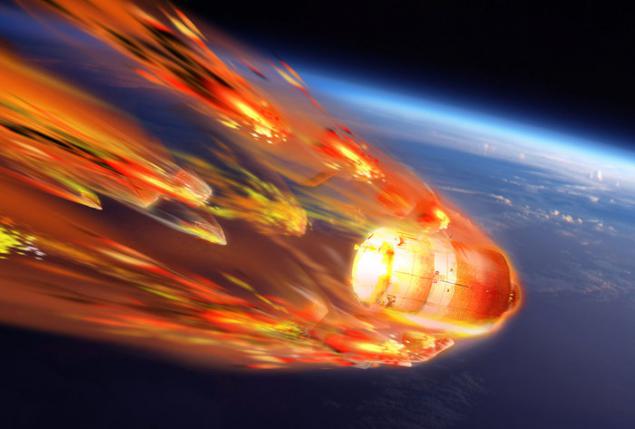
As already mentioned Habré, the program ATV, launch cargo ships supplying the ISS from the European Space Agency, ends this year. The last of the ships agency, "Georges Lemaitre," will be launched July 26, 2014. Such ships are destroyed / combusted in the Earth's atmosphere on the way back from the ISS. To the last of the series of the ATV is not burned in vain, in the ESA are going to establish protected from the effects of high temperature infrared camera.
In order to have time just for the launch of the ship, the project team had to work quite intensely, and was able to develop a surveillance system in just 9 months. The camera is mounted in a capsule Reentry SatCom and is able to transfer images from the spacecraft to Earth by retraslyatsii data on the satellites, and then - to the Earth.
By the way, this camera - not the only one. There are optical camera from Japanese developers, i-Ball, as well as the system of NASA, dubbed Re-entry Break-up Recorder.
"These different instruments complement each other," - explains Neil Murray, head of the project at ESA.
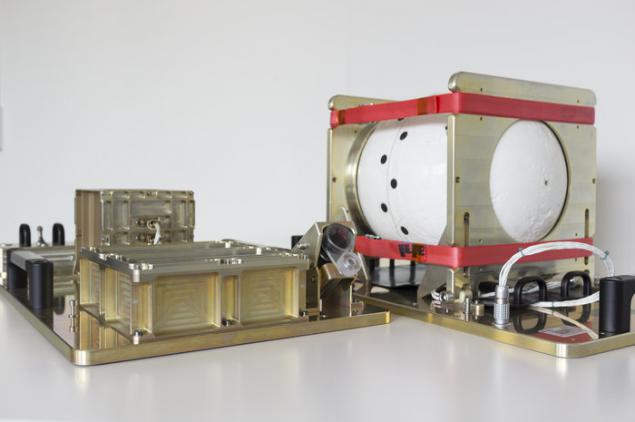
Infrared Camera and protected capsule SatCom i>
The camera is placed inside a special capsule which is able to withstand temperatures up to 1500 degrees Celsius. Besides protection from temperature, the scientists had a task to overcome the interference of the incident formed around the plasma in the Earth atmosphere. Plasma "cushion" will disappear at an altitude of about 40 kilometers above sea level, and satellites can "detect" the transfer to the ship. For protection against temperatures spherical capsule SatCom was decided to cover the heat-resistant ceramic coating.
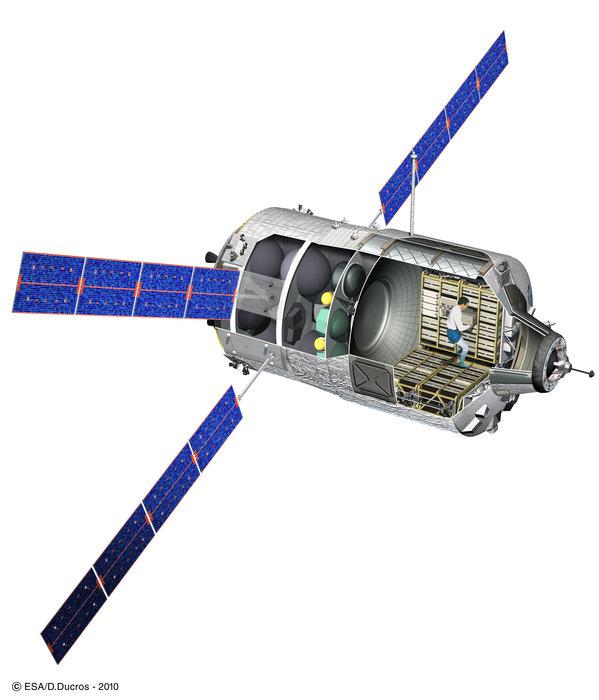
ATV - a schematic sectional view i>
A capsule has its own antenna, so that the data will be transmitted without problems. The transfer will be done via satellite "Iridium" is a constellation of 70 units.
The ship is completely destroyed at an altitude of 70-80 km above sea level. The speed of the capsule in this case will be approximately 7 kilometers per second. Scientists will be able to get the full information about the process of the destruction of the ship, which will then be useful in planning future spacecraft.
Via ESA
Source: habrahabr.ru/post/230241/







